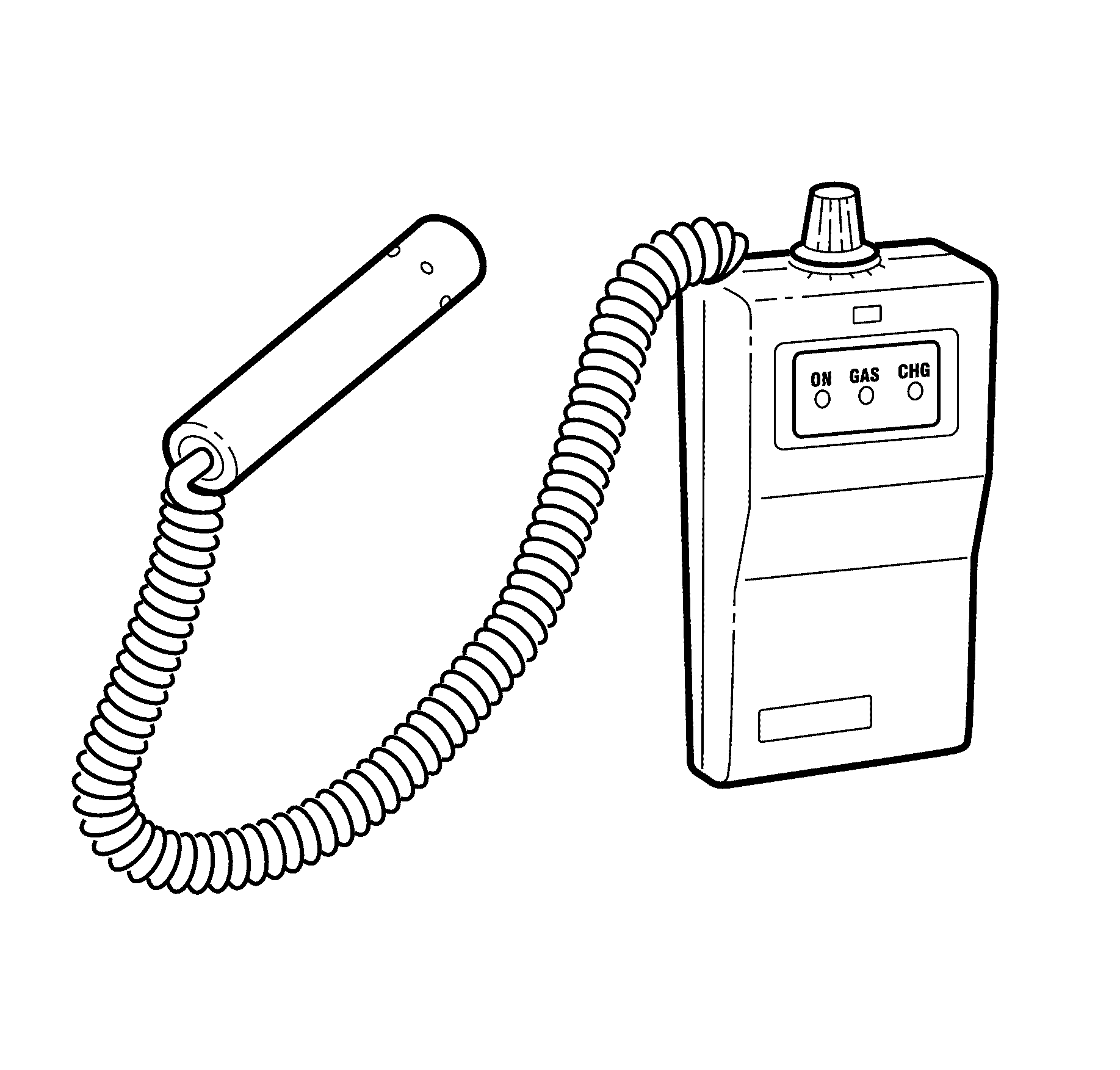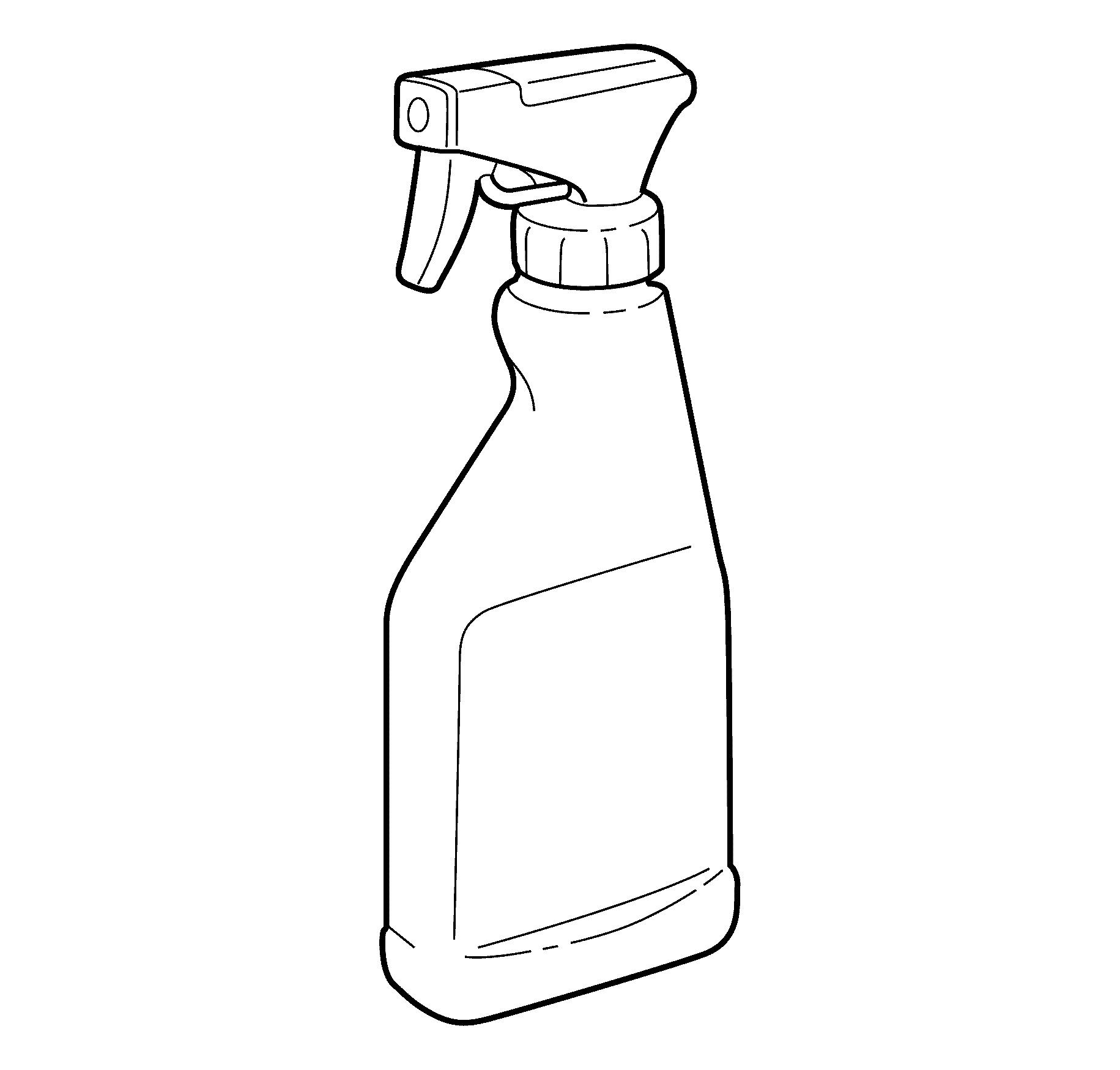For 1990-2009 cars only
- If a combustible gas detector is to be used for leak testing of the LPG system, the combustible gas detector should be capable of detecting 25 parts per million (PPM) of LPG in air.
- It is important to follow the manufacturer's instructions in regard to adjustment and setting the instrument prior to conducting the test.
- If a leak is present, a detector will signal its existence but not its size, and will indicate its general location, but may not be able to locate it exactly. A proving or follow up check with foam is often desirable.
- If foam is to be used, the foaming agent should be a propriety leak test solution, formulated specifically for the purpose, such as Gameco Leak Check.
- The leak test is performed by directing a spray of solution at each of the possible leak points in the high-pressure side of the system.
- A leak is indicated by the presence of gas bubbles (foaming) in the solution at the leak source.
Important: The following leak test is to be performed on the LPG system high-pressure components and is to be performed at each normal maintenance schedule.
Important: The LPG leak test is to be performed in the open air in a well ventilated area, away from any ignition source and prior to bringing the vehicle into the workshop.

Important: LPG is heavier than air so test thoroughly below all components and fittings.

Important: LPG is heavier than air so test thoroughly below all components and fittings.
